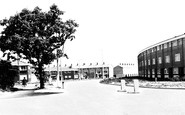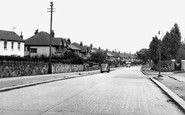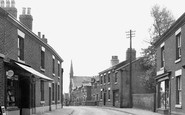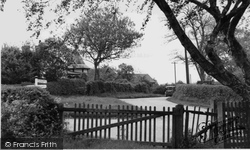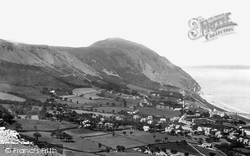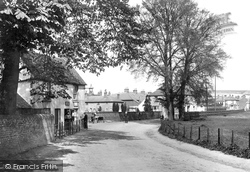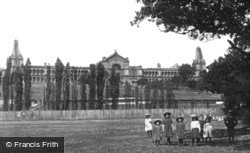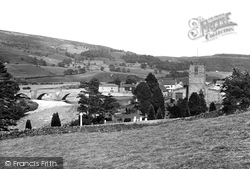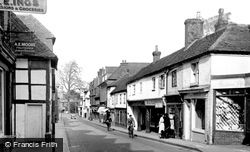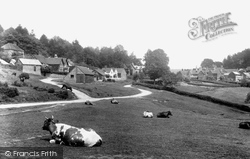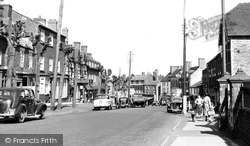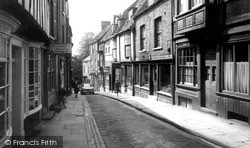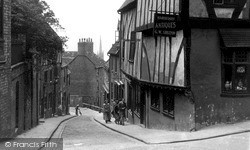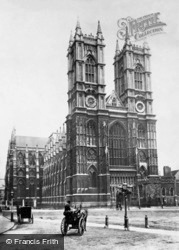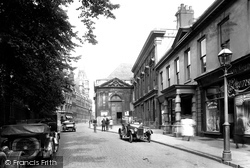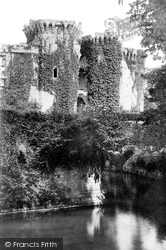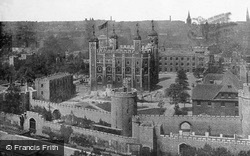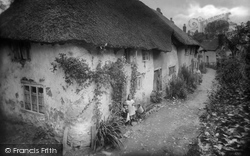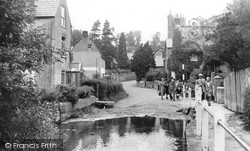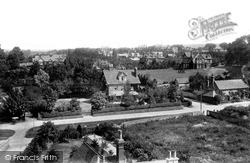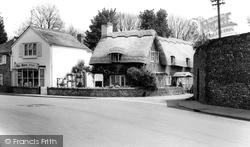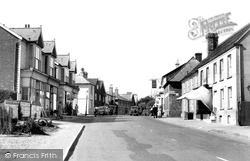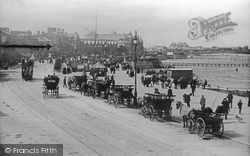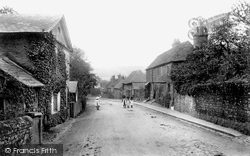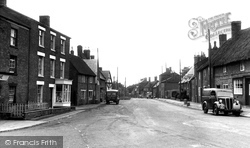Places
36 places found.
Those places high-lighted have photos. All locations may have maps, books and memories.
- Bangor, County Down
- Newcastle, County Down
- Greyabbey, County Down
- Donaghadee, County Down
- Downpatrick, County Down
- Portaferry, County Down
- Dromore, County Down
- Hillsborough, County Down
- Downings, Republic of Ireland
- Killyleagh, County Down
- Ardglass, County Down
- Rostrevor, County Down
- Dundrum, County Down
- Newtownards, County Down
- Warrenpoint, County Down
- Ballygowan, County Down
- Ballywalter, County Down
- Ballyward, County Down
- Bishops Court, County Down
- Boardmills, County Down
- Culcavy, County Down
- Katesbridge, County Down
- Killough, County Down
- Millisle, County Down
- Portavogie, County Down
- Saul, County Down
- Seaforde, County Down
- The Diamond, County Down
- Audleystown, County Down
- Kearney, County Down
- Annaclone, County Down
- Ballyhalbert, County Down
- Ballymartin, County Down
- Clare, County Down
- Conlig, County Down
- Dollingstown, County Down
Photos
856 photos found. Showing results 1,101 to 856.
Maps
459 maps found.
Books
2 books found. Showing results 1,321 to 2.
Memories
8,167 memories found. Showing results 551 to 560.
Great Haseley
I was five when I moved to Great Haseley from Newington, near Stadhampton, with my mother, father and brother. The year was 1957 and Horse Close Cottages was a new housing estate - we were thrilled to have a bathroom and an inside ...Read more
A memory of Great Haseley by
St Albans Summer Holidays In The 1950s
A child from Thanet taking annual last week of August holidays with an adored great aunt at Chiswell Green, travelling by train to Victoria Station, London, taking the Greenline to ...Read more
A memory of Frogmore in 1953 by
The Brook
Wonderful memories! It was awonderful place to have grown up. I learned to swim in the brook, aged about 11 years. I wonder who wrote the following which I was taught in school. Very appropriate! "Little stream flowing ...Read more
A memory of Gayton by
Fitba In The Big Park
I was born in Suttislea in Nitten in 1947 but my sister and I emigrated to Gowkshill when I was 2 (I think) and lived at 18 Pentland Avenue till I married Isobel from Bonnyrigg when I was 21. I grew up with the Weighands and ...Read more
A memory of Gowkshill by
Old Manor Cafe
My memory of Blackwater started when I was 14, for those of you who don't know what the Old Manor was, it was a transport cafe, which stood on what is now a supermarket site, on the right, at the junction with Rosemary Lane. In the ...Read more
A memory of Blackwater in 1960 by
Before The Town Centre Was Built ...
My family came to Basildon in 1957 as part of the overspill from London. My late father was a toolmaker and was offered a job and a house. Money was tight and we made out own entertainment. Collecting wood from the ...Read more
A memory of Basildon in 1957 by
Things I Remember
Greenford market, that's where the buses terminated. If you were quick you could jump off the back of a bus at the corner when it turned into Windmill Lane, that way if the bus was going further than the market it saved you ...Read more
A memory of Greenford in 1975 by
Cooksons Leadworks Part 2
1965. During my time working here I carried out a number of different jobs, one was to make Zinc ingots, my shift would start with my furnace fired up and there next to it would be my "charge" this would be a pile of old ...Read more
A memory of Newburn in 1965 by
Higher Bebington Road
I grew up in Higher Bebington Road, my mum lived there from 1957 up until she died in 2008. I have seen so many changes. When we were kids we would pond-dip in the ponds on the fields at the back of the Oval now football ...Read more
A memory of Bebington by
Halton Gorse Cottages And Castle Road
I too spent my school holidays in Halton village, my grandparents were Lillian and Benjamin Atkinson, they lived in Gorse Cottages, you had to go up the steps from the underpass to get to it, or down the steps ...Read more
A memory of Halton in 1955 by
Captions
2,242 captions found. Showing results 1,321 to 1,344.
This view looks south from the Michelham road towards the South Downs in the distance.
The majestic sweep of the fertile fields down to the coast is also marked by the workings and spoils of man's need for the stone that is quarried from the mountain on this stretch of the coast.
The downs can just be glimpsed over the rooftops - in 1875 the East?Kent Lunatic Asylum was built here, and accommodated 900 patients.
This was the second palace on the site: the first, built originally for the 1862 International Exhibition, burnt down just two years after being opened in 1873 as north London's rival to the south's Crystal
Next to the church is the old manor house, with gardens running down to the river.
While many of the buildings on the right remain, several were pulled down in the 1980s and their sites now form part of a supermarket car park.
In December 2000, it was estimated that 400,000 cubic metres of earth was slowly moving down the side of Leith Hill.
The Savoy Café is on the right, and further down hill across the road Mazda lamps are for sale close to the inn sign.
This view looks down Steep Hill from nearer Castle Hill, with the jettied and timber-framed Spinning Wheel Restaurant on the far left, its later Georgian bow windows tucking under the jetty.
Further down we come to the crossroads with Michaelgate and Christ’s Hospital Terrace.
This sublime abbey, scene of many coronations down the centuries, is probably the most famous of English religious buildings, and considered the pinnacle of European Gothic architecture.
With the hoods of the cars down and the trees clearly in leaf, this photograph was obviously taken at the height of summer.
The machicolated heights of William Herbert's gatehouse and closet towers look down on the moat which surrounds the famous Yellow Tower, the work of his father William ap Thomas.
This ancient fortress has served as arsenal, prison and royal residence, and is comprised of an irregular mass of buildings erected at various periods down the centuries.
One longer tunnel is said to have run down to the beach.
Modernisation was embraced, and down everything came. What Hitler's bombs missed, the councils of England destroyed. What is built there today only emphasises the point.
Main Street c1955 Victorian visitors had a number of inns to choose from when seeking sustenance in the town, some acting as fully-fledged hotels.
This sprawling riverside village lies between the beech-clad hills of the Chilterns and the windswept slopes of the Berkshire Downs.
This church was completely rebuilt after an earlier church on the site burnt down in 1377 along with most of Rye during an attack by the French.
Nestling under the steep southern slope of the Sussex Downs, Funtington is typical of the inland villages of the coastal plain.
The High Street is part of the old London to Brighton route through Henfield, which lies to the east of the River Adur on a belt of Wealden clay behind the South Downs.
The promenade is quite busy, visitors preferring to walk along the seafront rather than settle down on the sand.
The long village High Street running down from the ridge overlooking the Weald and the 13th-century church of St Peter is lined with picturesque tile-hung cottages.
Further down to the right was the village bakery with a 'Hovis' sign on the façade. This bakery was in business into the 1990s.
Places (198)
Photos (856)
Memories (8167)
Books (2)
Maps (459)



